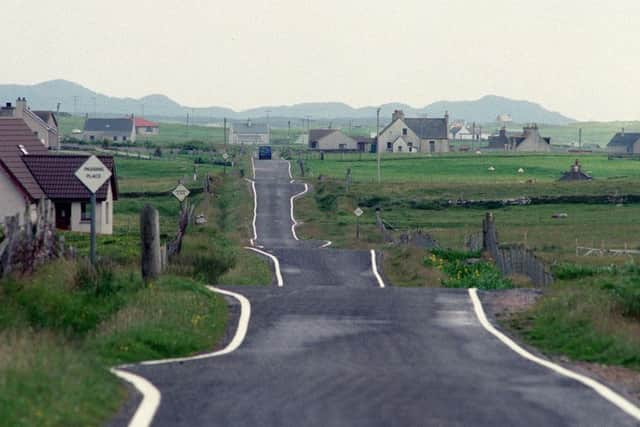Self-driving vehicles to be tested against Scotland's '˜wandering sheep'
The move follows plans to test autonomous buses with passengers on the Forth Road Bridge in 2020.
Transport secretary Michael Matheson told The Scotsman he wanted to ensure rural areas did not lose out on the fast-developing technology.
Advertisement
Hide AdAdvertisement
Hide AdHe said a rural trial would also show how driverless vehicles coped with poorer and variable mobile coverage than in urban areas.


Mr Matheson said: “The conditions of the roads can be more challenging – narrower, and single-track roads with passing places. There are some unique environments that will allow us to test practical things like livestock on the road – how the vehicles adapt and manage in these types of circumstances.
“On some of them, one moment you will have four bars of 4G, then you go round a bend and may have no 4G connection, so how will vehicles adapt to that?
“If technology is developed on the basis that it works in urban areas, then potentially it disadvantages people who live in our rural and more remote areas.
“It’s important that if this technology is going to be used [there], we can have the same level of assurances that we may have in our more urban areas.”
Mr Matheson said the Scottish Government’s Transport Scotland agency was working with technology developers on potential schemes.
However, a motoring group said the trial would be a tough test. Neil Greig, the Scotland-based policy and research director of IAM RoadSmart, said: “I can’t think of a more challenging environment than rural roads in Scotland.
“Weather, wild animals, lorries, farm vehicles, tourists, cyclists, hikers, motorcyclists, not to mention old signs, potholes and worn markings all combine to provide a real challenge.
Advertisement
Hide AdAdvertisement
Hide Ad“Added to that, the subtle nuances of passing place use will be really difficult to replicate. Programming any machine so that it can distinguish between the need to wait opposite a passing place, instead of in it, is just one of the many challenges.
“Letting a local past who wants to catch a ferry is another potential situation where human to human interactions often fail, let alone human-machine ones.”
Dr Steve Cassidy, managing director of future mobility design specialists Viaqqio, said: “The public see value in autonomous vehicles in a range of different operating contexts. Having a dedicated trial in Scotland will make sure rural citizens are included.”